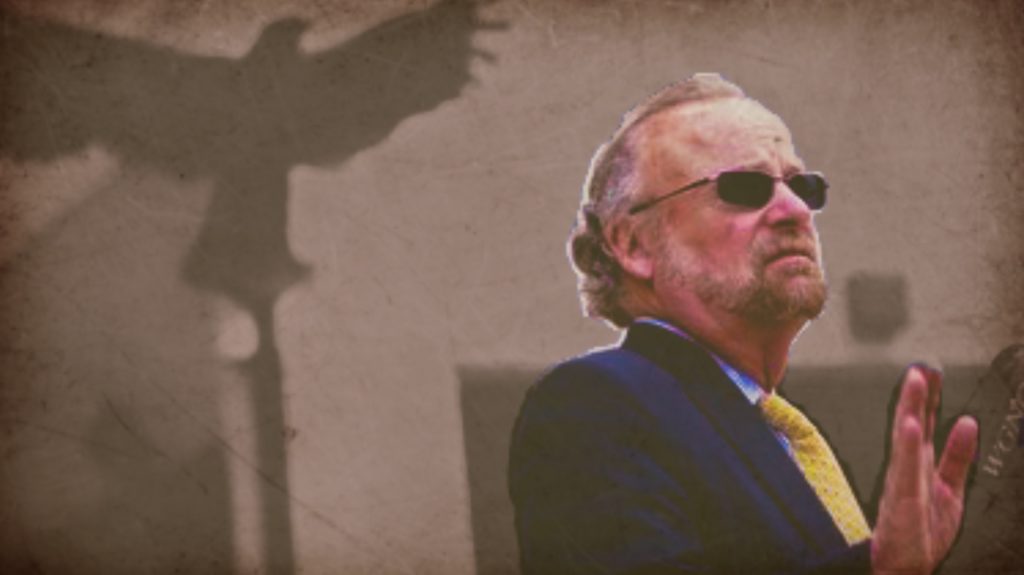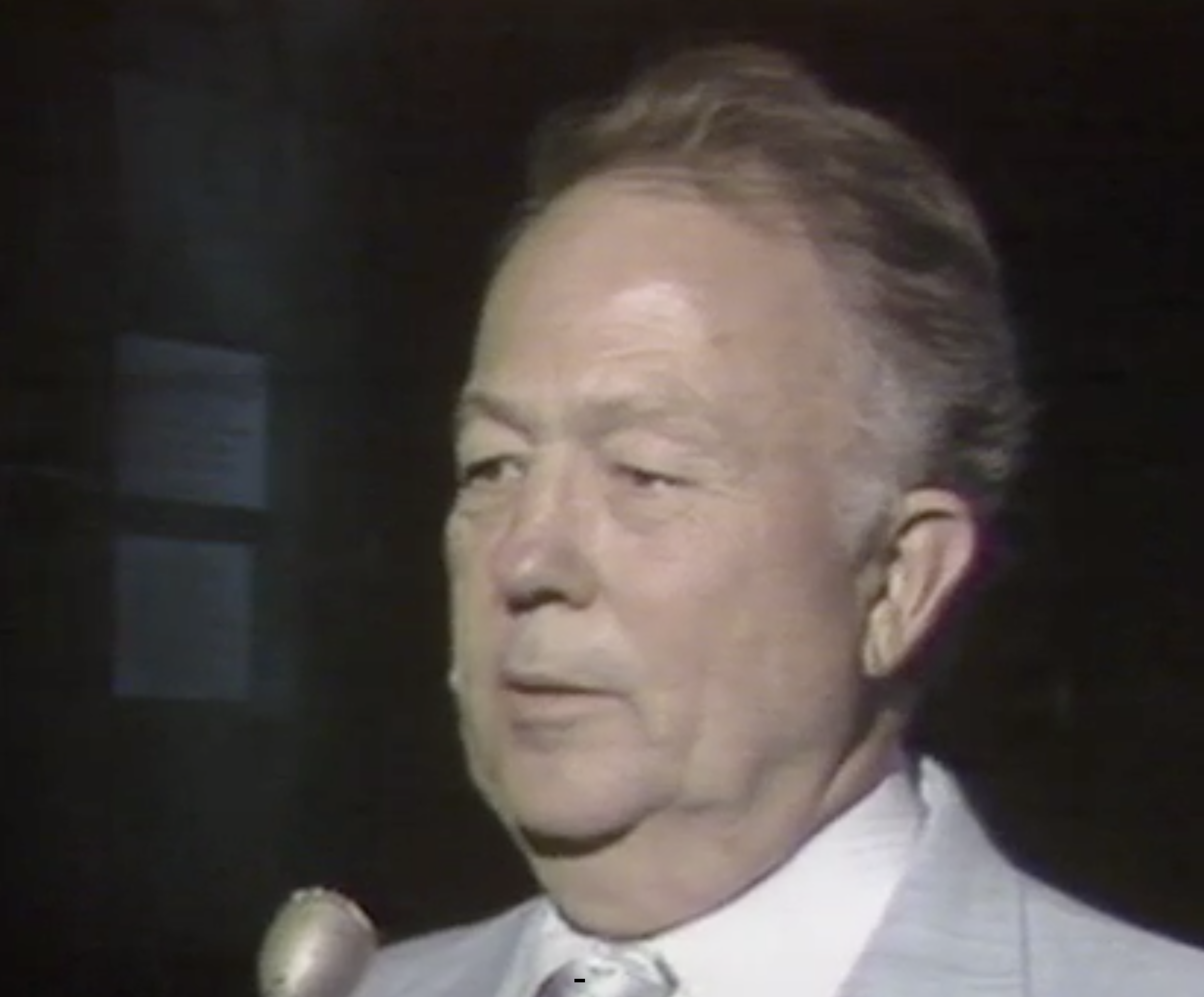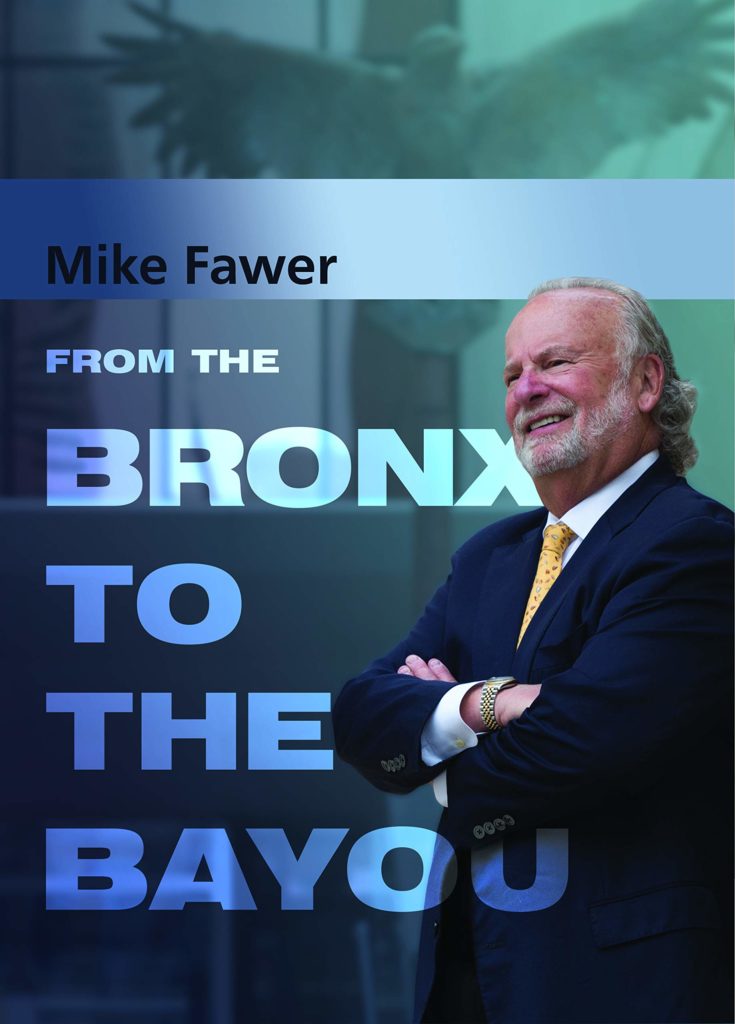
First, Listen to the Podcast.
What’s a Brilab?

A year ago, I began recording a series of interviews with Mike Fawer, a boundlessly energetic and inimitable 83-year-old criminal defense attorney in New Orleans. Mike is like the television actor who you never realized was in everything. During his six decades of practicing law, he helped shape the history of his time, defending the powerful and the powerless with the same gusto and zeal. He is the kind of attorney that most law school students hope to become: Principled, passionate about the law, clever, and somehow, most remarkably, still idealistic about our justice system.
I wanted to help Mike get the word out about his memoir, From the Bronx to the Bayou, but more than anything else, perhaps selfishly, I wanted to hear his stories, in his own voice.
Assembling a podcast series has taken more time than I had anticipated, but that was okay. We wanted to do this right. Many of our first recorded conversations had to be re-taped, and I am forever thankful to Ben Collinsworth, who agreed to step in and become our producer. Ben sorted out our meandering conversations and somehow gave them structure.
We deliberately saved the best for the end of the series, and I decided to wait until the legislative session began before giving the green light.
In the next few episodes, we talk about how Mike, working alongside Camille F. Gravel, Jr. (who also makes an appearance in the Brilab case), secured an acquittal for the then-sitting governor of Louisiana, Edwin W. Edwards, in the second of two trials in 1985; we cross over the Pearl River and into a courtroom in Hattiesburg, Mississippi for a conversation about Mike’s defense of Judge Walter Nixon (he’s the Nixon in Nixon v. United States, not the Nixon in United States v. Nixon), and we’re still assembling an episode about the rise and fall of a Louisiana political family dynasty, the Jeffersons, originally of Lake Providence in East Carroll Parish. (Mike was one of the first people U.S. Rep. Bill Jefferson called when the FBI raided his townhome in Virginia and discovered $90,000 in ice-cold cash).
But there was one episode that beguiled us: Brilab.
Mike and I had recorded two separate, hour-long conversations about the investigation and the trial, and it was still difficult to know how to put it together. There were too many moving parts, too many characters, too many twists and too many turns. Ben and I agreed to table it, and at some point, we scrubbed it.

There’s a good chance you’ve never heard of Brilab, a made-up code word that the FBI used for the investigation. The FBI says it’s a combination of the words “bribery” and “labor,” though, despite its etymological creation story, it’s pronounced the same way as the “lab” in Labrador, or, perhaps more appropriately, the same way as the “lab” in “lab experiment.” To be sure, Brilab had almost nothing to do with labor (at least, not in Louisiana) and was, in many ways, an FBI experiment on public corruption.
I mentioned the difficulty we were having with the episode on Brilab to my friend Mitch Rabalais, who I think can be fairly characterized as a Louisiana political history wunderkind. “It’s the biggest case that no one ever talks about,” Mitch implored. “You have to keep the episode in.”
He was right.
And so, I asked Mike, somewhat sheepishly, if we could record another interview.
Importantly, while our focus is the investigations and prosecutions in Louisiana, Brilab was a multi-state sting operation, beginning in California and eventually ensnaring, among others, Billy Clayton, the Speaker of the Texas State House of Representatives. But that is an entirely separate story, a blockbuster in its own right.
Mike and I primarily discuss his representation of Charles Elson “Budgie” Roemer II, father of future Louisiana Gov. Charles Elson “Buddy” Roemer III and, at the time of the FBI sting, the second most powerful official in state government, Commissioner of Administration. While the national attention focused on Carlos Marcello, the state press was far more interested in the accusations that Roemer had accepted a bribe from a corrupt insurance broker in exchange for his help in securing a state contract. But the case against Roemer that the government boasted about in the media wasn’t nearly as convincing as the case they presented in the courtroom.
Yet to the jury, two of the counts against Roemer were convincing enough.

Budgie Roemer passed away in 2012 at the age of 88, and by then, Brilab was already a distant memory, overshadowed by the courtroom drama that subsequently played out in four separate trials against Edwin Edwards.
But my friend Mitch is right: Brilab was, in many ways, a vastly more consequential case than the ones starring the Cajun Prince.
40 years later, it is worth reconsidering, not just because of its legacy or the ways it moved public opinion but also because the entire case was the result of an elaborate, secretive, and absurd plan concocted by an FBI who seemed more interested in myth-making than lawbreaking.
Mike believes that his client, Budgie Roemer, likely would never have been convicted had he been tried separately, but instead, the government sat him alongside Carlos Marcello, a man whose past was rapidly catching up on him and who, not surprisingly, sucked up all of the oxygen in the room. It also didn’t help that Marcello’s lawyer seemed determined to disprove the stereotype of the brilliant consigliere.
I will return to the Brilab case in detail later on, but first, you need to know about the Little Man, a Tunisian-born Sicilian immigrant whose parents named him Calogero, which translates roughly as the “nice old man,” before he was known to the world as Carlos.
Stay tuned.
****
Mike’s book is available for purchase on Amazon in both hard cover and Kindle editions. Find out more about his life and career on his website, www.bronxtothebayou.com

